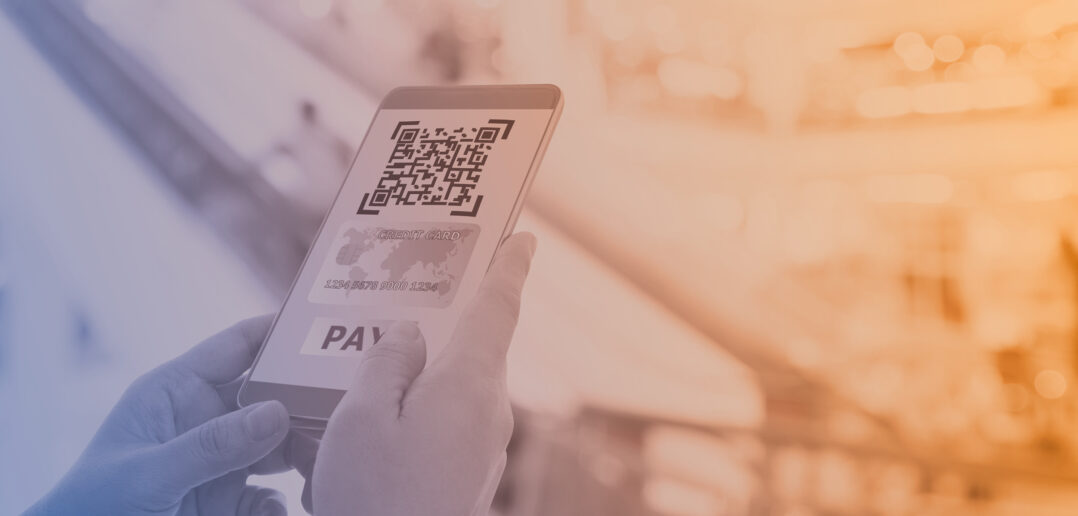COVID-19 has undoubtedly changed the focus of retailers when it comes to innovation. Today new technology in the retail industry plays an ever-more crucial role in delivering the new customer experience, especially in cases where technological innovation can help improve shopping experiences or reduce direct contact with customers, for example with contactless payments.
Director at ART Software Group, Gareth Jordan, says that retailers must understand how customers are altering their shopping patterns. His company is currently promoting the latest version of its Retail Advantage product for retailers and mixed-use leisure destination operators.
“It is vital for stores to capitalise on the changes in behaviour while consumers adapt and shop differently — not just a move to online, which has its frustrations, but also to shape and better understand what customers want and need in their shopping environments,” he says.
“It is vital for stores to capitalise on the changes in behaviour”
Gareth Jordan, ART Software Group
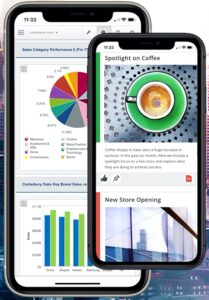
Art Software retail advantage app
For many retailers, that means a shift in priorities away from using retail technology within the shopping environment to deliver immersive, engaging shopping experiences, to a focus on listening to customers and providing a safe, reassuring store experience.
“Technology innovations should help retailers provide the in-store experience their customers desire by being non-intrusive and safe,” says Parry Bedi, senior vice-president, FeedbackNow at Forrester, which provides customer experience feedback collection and analysis for retailers and F&B operators.
Bedi’s company has made changes to its Smiley Boxes customer feedback system in response to the new requirements of retailers, post-COVID-19. “We came up with innovative digital solutions such as embed links for online feedback, and contactless QR codes for in-person deployments,” Bedi says. “We also repurposed some of our existing technology such as our People Counter with new features, including the ability to display capacity monitoring. Finally, we worked hard on a new line of feedback devices that are sensor-based and entirely contactless.”
New technology in the retail industry
As ever, when it comes to retail technological innovation retailers can’t afford to stand still. “The more we innovate and seek to understand how better to serve consumers, the more varied the information becomes and the insights that can be explored and understood,” Jordan says. This becomes a broadening circle with increasing levels of detail that build a more precise picture on how to adapt to meet customer demands, he adds. And that, in itself, can be confusing. “What works on one day is not guaranteed to continue working the next — the key is to be constantly measuring impact and understanding where the strategy needs to change.”

Mixed use retail and leisure: What happens next? – White Paper
Meanwhile, property management and software provider Yardi has launched the Elevate Suite for asset managers. The Elevate Suite has been designed to improve communication with team members and external colleagues, allowing users accurately to measure asset performance by tracking tenant health, optimising shopping centre revenue by automating key retail metrics and leasing activities and eliminating the budgeting process and providing rolling revenue forecasting.

Yardi‘s Elevate Suites is designed to improve communications for asset managers
For FeedbackNow’s Bedi, reacting to what customers want must now be a continual process for retailers. “For companies to survive, they have no choice but to listen,” Bedi says. “Retailers need to be ready to adapt — and re-adapt — to shifting consumer behaviours.”
“The challenge is upon us. We are entering a new paradigm”
Eduardo Miccolis, Giftify
But they also need to collaborate, according to Eduardo Miccolis, head of gift-card business development at Giftify. “Retailers more than ever need to come together on innovation because they all share a common cause: re-establishing consumer confidence and engagement when it comes to shopping and participating in entertainment activities in shopping centres in a safe and healthy manner,” he says.
“The challenge is upon us. We are entering a new paradigm. Whereas in the past society’s capability to react to a pandemic was limited by the resources available at the time, in our modern world there is ample resource and technology available to confront this new global health challenge with innovative solutions. The retail sector is one of many that will have to come up with innovative solutions in a collaborative manner as the days of isolated and regional solutions are far behind us.”

Gift-card company Giftify believes that collaboration is essential
Cities embrace retail innovation
One example is the 1,200+ retailers and occupiers in the centre of Netherlands city Utrecht, connected through the Centrum Management Utrecht Community, a digital platform developed by Chainels, where local retailers, city centre management, the municipality and other stakeholders share relevant information. Both across the city centre of Utrecht and within the five key urban sub-divisions, rapid and consequent sharing of information is facilitated through the new CMU platform.
“It really boosts interaction with each other and lowers the barrier to create new ideas or exchange information and insights,” Jeroen Roose, city centre manager of Utrecht, says. “Especially during the recent difficult period of COVID-19, the CMU app has allowed us to respond more efficiently and effectively.”
“Retail has changed forever and retailers need to respond”
Ben Chesser, Coniq
“Coniq provides organisations with the most comprehensive suite of self-service tools and data needed to stay on top of constant changes in consumer behaviour,” Coniq CEO Ben Chesser says. “Retail has changed forever and retailers need to respond. While we saw some great tools for optimising online shopping and many ways to track customers in the offline world, the Coniq Total Engagement Platform is the first to bring them together to reflect the way real people want to shop.”
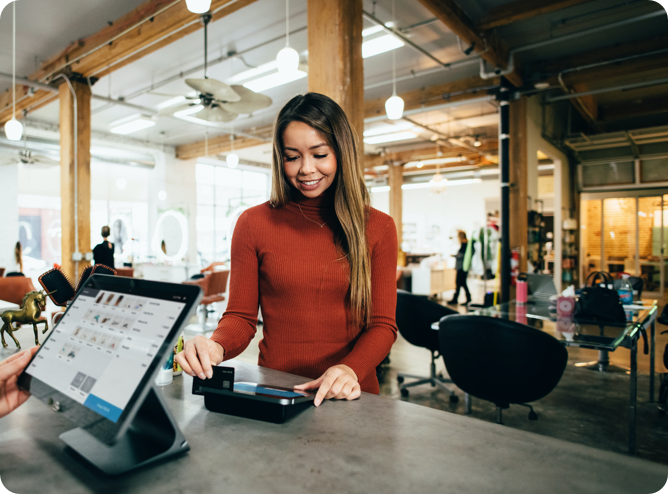
In addition, Reveal Systems has developed a series of products, resources and systems to enable shopping centres and retailers to adjust to the new situation. With app-based near real-time occupancy reporting, automated access control and temperature screening, Reveal Systems’ technology can help businesses to comply with the World Health Organisation’s physical distancing guidelines.
“We have developed a series of innovative solutions to provide an immediate response and help protect staff, customers and assets during these challenging times while also adhering to the physical-distancing and space-occupancy guidelines,” Reveal Systems owner and CEO, Russell Edwards, says. “Provision of systems are only part of the equation and I anticipate that additional business key performance indicators (KPI) in future will be enforcement and auditable reporting of performance against specified targets.”
Blending channels vital to shopping experience
Charlotte Journo-Baur, founder of Paris-based tech service Wishibam, a software service application for retail property, believes this blending of channels is crucial. Her company provides a means for mall owners to sell goods from their retail tenants from one centralised ecommerce platform built into their existing websites.
Journo-Baur says that the system brings together the best of the “local authority and trust” a shopping centre has with customers in a town or city, combined with a new way for mall owners to maximise the potential offered by ecommerce.
“There’s a perfect synergy between online and offline,” she says. “The idea of Wishibam is to create an online shop that sells a shopping centre’s brands’ stock. It’s a more efficient way of doing business.”
“There’s a perfect synergy between online and offline,”
Charlotte Journo-Baur, Wishibam
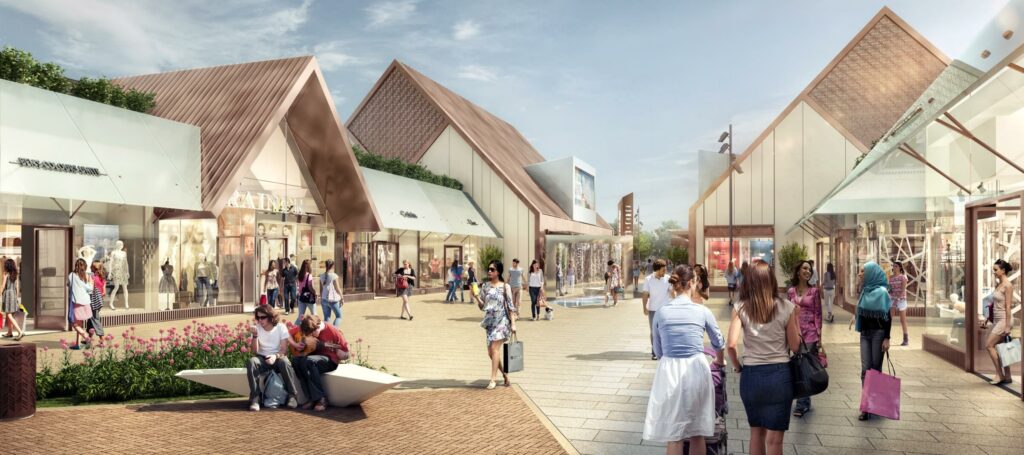
E-commerce system provider Wishibam is working with Rioja Estates on the development of Grantham designer outlet village
Increasingly, these retail innovations are about recognising that new technology in the retail industry should allow high-touch engagement but low-touch physical connection, because there is every possibility that caution over COVID-19 will dictate consumer behaviour for months, possibly years. Even technologies such as QR codes, which failed to deliver on the original hype, have made a distinct comeback, not least at Amazon’s new grocery store pilot format.
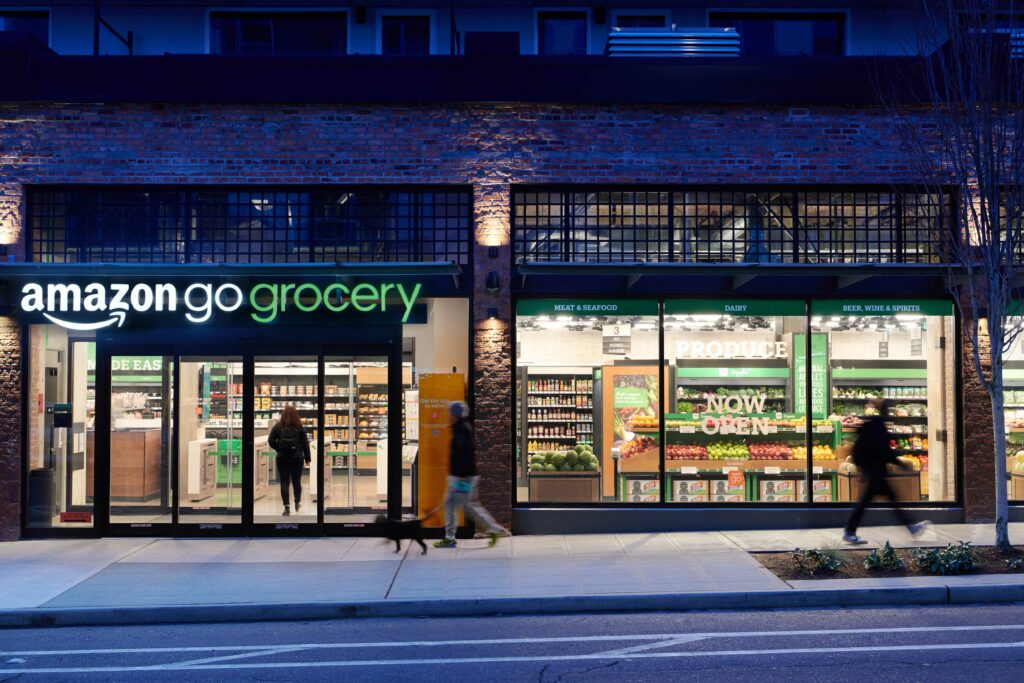
Amazon‘s new grocery store pilot format is an example of the resurgent use of QR codes
And in Dubai, Carrefour has introduced robotic collection at Dubai International Financial Centre (DIFC). Customers in DIFC can order online and choose to collect their order via self-service using a QR code at the robot located at Gate Avenue’s parking area. The new service has dedicated parking and is automated, contactless and refrigerated, able to fulfil hundreds of orders daily, operating 24 hours a day. It is not the first to attempt this — CapitaLand installed a robotic click-and-collect service at its Funan, Singapore mixed-use centre late last year.
Indeed, understanding the nuances of where technology breaks down barriers and improves service, as compared with where it depersonalises or adds friction to the shopping experience, will be key to how technology continues to be embraced within stores and malls.
Read an interview of Joanna Fisher, CEO of ECE marketplaces on how the future of retail keeps on changing, learn about how foodtech digital technology can enhance customer experience, and also how technology gets utilised to make retail great again.

